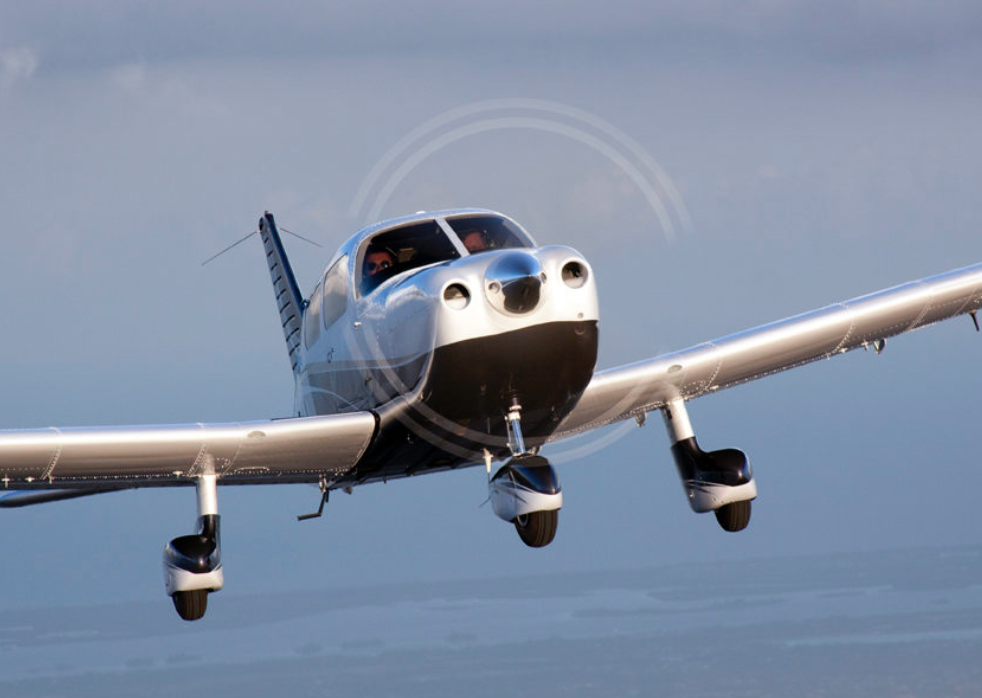Buying A Used Aircraft: Piper Archer
Easy to fly and well-supported, the venerable Piper Archer is an honest four-placer with high dispatch reliability and simple systems.

Performance wise, the Archer is respectable, but no one will mistake its numbers for a Bonanza’s or even an Arrow’s.
While other low-wing four-place cruisers like the Cirrus SR20 or the Diamond DA40 might break the budget, there’s always the Piper Archer. There is a wide swath to choose from at all price points, and the market has never been stronger. Typically priced from $95,000 for a mid-1970s Archer II to nearly $500,000 for a late-model CD-155-powered Archer DLX diesel, Lycoming-powered Archers will have no problem finding field support. Performance wise, the Archer is respectable, but no one will mistake its numbers for a Bonanza’s or even an Arrow’s.
Piper Archer: Name And Equipment Changes
In 1973, the Cherokee 180 became the Challenger, but that wasn’t a Native American name (a tradition in the Piper line), so Piper quickly changed it again to Archer, beginning with the 1974 model year. It wasn’t until 1976 that the new tapered wing was introduced to the 180-HP airframe. This change was so significant it brought another name change: Archer II. The Archer II got a powerplant change to the -A4M version of the 180-HP Lycoming O-360—the same engine installed in newer Avgas-burning Archers today.
The new Piper Archer III got an updated cowl, an all-metal and modern instrument panel, factory-installed Garmin GNS 430/530 navigators, a new paint scheme, air conditioning, better seats and an improved exhaust system. The 2010 model came standard with an Avidyne Entegra glass panel, an S-TEC 55X autopilot, air conditioning and two Garmin 430W navigators. Priced in the low $400,000 range, the current Archer LX models have Garmin’s G1000 integrated avionics, electronic engine indication system, a backup EFIS system, plus an ultra-modern paint scheme. Of course, don’t forget that in 2014, Piper unveiled the Archer DX at the Aero show in Friedrichshafen, Germany. It has FADEC-controlled CD-155 diesel.
Flying The Piper Archer: Quirk-Free Manners
Archers aren’t speed demons and they won’t keep up with entry-level Cirrus SR20s. A late-model Archer with wheelpants will cruise at about 120 knots, and there are plenty of speed mods to squeeze a bit more performance. Climb rate, while better than a 172, isn’t stellar, but acceptable. The nosewheels are steerable on the ground, and the rudder pedals come with conventional toe brakes. Piper long ago abandoned its overhead pitch trim control and put a conventional wheel on the center console, between the seats. Below the instrument panel, in a center pedestal, is a rudder trim knob, though it’s not always necessary. Newer Archers have overhead switch panels housing mags, alternator and lighting toggle switches—something we’re not fond of in a crash.
The Piper Archer has no handling quirks; its flight controls are relatively well balanced, with roughly equivalent pressures required in all three axes. The Archers are generally stable, predictable and easy to land, even on short runways. In slow flight, the airplane has no bad habits, nor does it build speed in unusual attitudes.
The airplane does have some AD baggage, so look hard at the maintenance records during a prebuy eval. We’re noting that mechanics are finding evidence of corrosion in the spars, often discovered when leaking fuel tanks are removed for repair—a problem that could plague older airplanes. Good inspection is a must, as it is with any aging airframe.
As for safety, after reviewing 100 most recent accidents involving the Piper PA28-180/181 series, we found only eight accidents resulting from something wrong with the airplane: engine stoppage. Pilots often found many ways to wreck what we consider to be an honest line of airplanes, with 28 percent of accidents being runway-loss-of-control (RLOC). Still, Archer owners are a satisfied bunch.
“The Archer strikes a wonderful balance of performance, payload and efficiency,” owner Hish Abouelleil said. “The stabilator makes the plane easy to fly in the pitch axis, making it a good instrument trainer. Our plane has a useful load of about 940 pounds and is nicely equipped with modern avionics. I’m surprised at how efficient the airplane is to fly. I often return from local flights having burned 6 to 7 gallons of fuel per hour.”
Piper Archer For Sale
Prices are all over the board, and there is a long run of models to choose from, even pre-Archer variants. According to the Winter 2021 Aircraft Bluebook, an early 1960s 180 model typically retails around $35,000. A 1980 PA-28-181 typically retails at a whopping $130,000, and late-model Archer LX models in the gentle hands of private owners easily push $400,000. High-time models serving hard duty on training lines sell for less, but values are still way up.
For a deeper dive on the Piper PA28-180 Archer, head to Aviation Consumer and the Used Aircraft Guide, where you’ll get a detailed model history, historical resale values, recent FAA ADs, competing model speed/payload/price comparisons and a detailed current NTSB accident scan summary.






